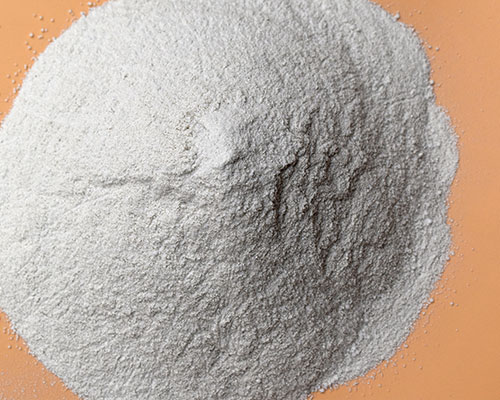
29 11月 Molten Aluminium Refiner
Molten Aluminium Refiner can obtain clean molten aluminum alloy, which can produce high-quality aluminum alloy aluminum rods/aluminum ingots.
Uneven large inclusions, these inclusions make the alloy structure discontinuous and reduce water tightness.
Indoor air becomes a source of corrosion. The decrease in strength and plasticity of aluminum alloys is often the source of cracks in parts.
The second type of oxide inclusions refers to scattered fine inclusions, which cannot be completely removed even after careful purification.
It increases the viscosity of molten metal, reduces the feeding capacity of molten aluminum solidification, and is easy to produce shrinkage holes in casting.
Secondary oxide inclusions, also called endogenous inclusions, are mainly formed during the casting process.
The endogenous inclusions are generally more evenly distributed and have smaller particles.
The splash and turbulence of molten aluminum during the casting process are the main sources of secondary oxide inclusions. In the sand mold, the molten aluminum reacts with the moisture in the sand, and the moisture is decomposed into oxygen and hydrogen.
Oxygen reacts with aluminum to form oxide inclusions, and hydrogen is dissolved in the molten aluminum.

Molten Aluminium Refiner can remove gas and solid non-metallic inclusions from the melt through physical and chemical interactions, called refining agents.
The formation mechanism and influencing factors of pores Hydrogen is the main source of pores in aluminum alloys. A full understanding of the source of the pores (including the source of hydrogen, how to enter the molten aluminum, the form of existence in the molten aluminum, how to discharge, etc.), the bypass process of the pores and the main influencing factors in these processes are the basic conditions for effective refining measures.
In the process of melting aluminum alloy, the molecular weight of hydrogen in the air surrounding the metal is not important. Therefore, many researchers believe that the main element that absorbs hydrogen is moisture in the air. When the temperature is higher than 400°C, aluminum and water vapor in the air will generate part of hydrogen atoms and part of hydrogen molecules. The first is absorbed by the liquid aluminum, and the second enters the air.
When hydrogen is generated, an oxide film will also be formed, and the oxide film will not crack, which can prevent the occurrence of the above reaction to a certain extent. There are no more than two factors that affect the hydrogen absorption of the molten aluminum: (1) the water vapor content around the molten aluminum; (2) the density of the oxide film in the molten aluminum.



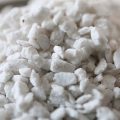
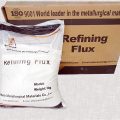

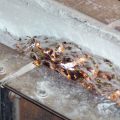

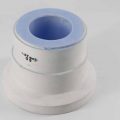
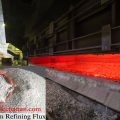
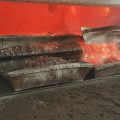
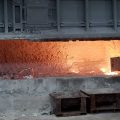

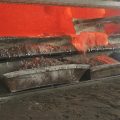
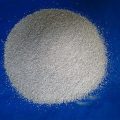
No Comments